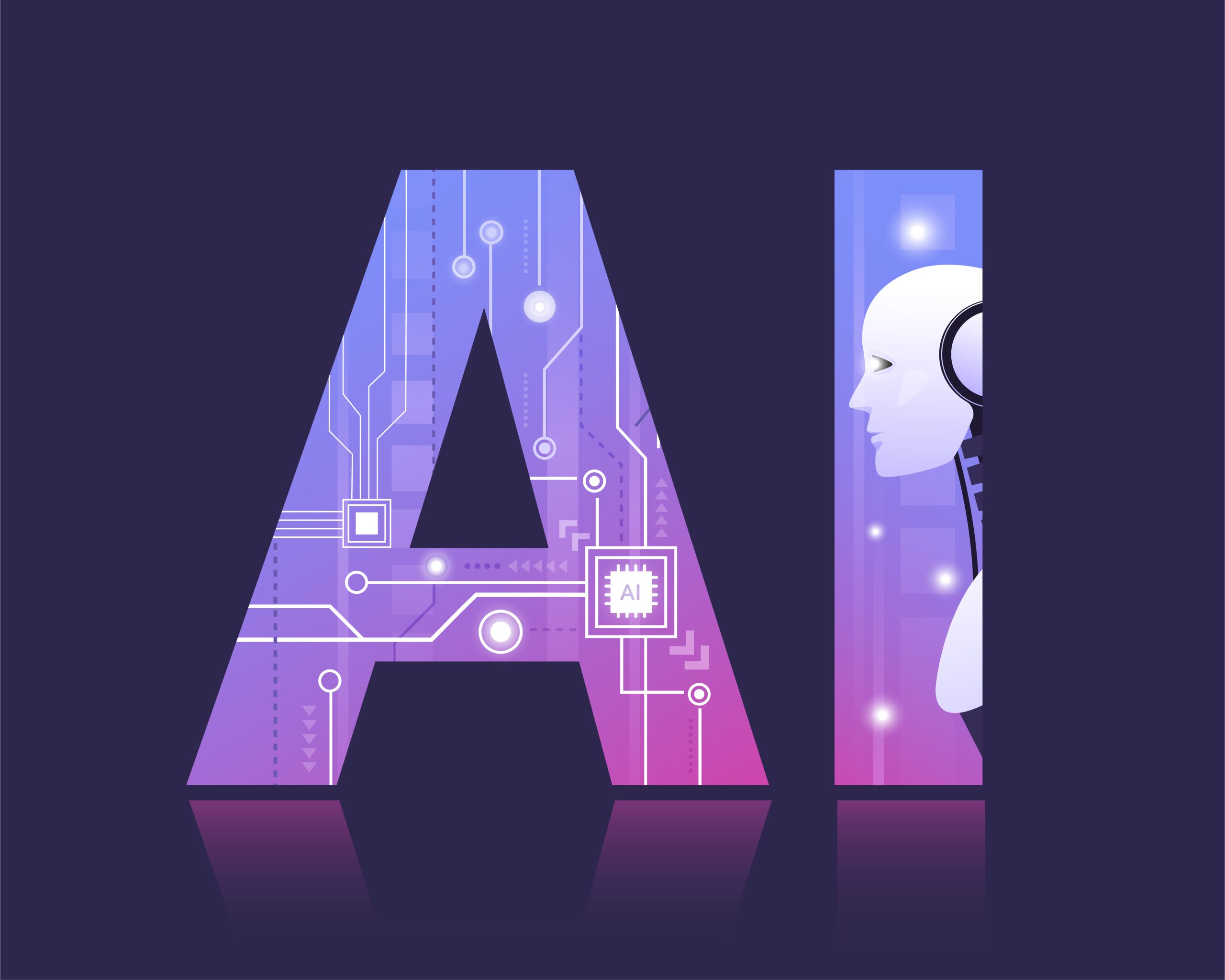Over the last few years, companies and corporations have adopted trending technologies like ML, AI, and robotic process automation (RPA) to advance their business strategy. However, given the preponderance of robotic process automation (RPA) and intelligent automation (IA) in businesses worldwide, it’s easy to confuse the two. Both technologies work wonders in reducing operational costs and improving customer satisfaction; however, these systems have their differences.
Introduction To Robotic Process Automation (RPA)
Robotic process automation makes use of automation technologies to simulate tasks normally completed by human workers. These tasks may include extracting data, filling in web or digital forms, moving files, or creating reports. RPA uses scripts to merge Application Programming Interfaces (APIs) and user interface (UI) interactions to complete repetitive tasks between applications. The scripts impersonate human processes, workflows, and trades across unrelated software systems.
In any organization, there are a lot of duties that are repetitious and time-consuming. Sometimes, while doing these types of tasks, there is always a huge chance of errors occurring because of repetition.
Hence, many companies use software like these where they don’t have to work on that task, but the software does it for you. There are many RPA Software available in the market to avoid these errors and save time.
Employees’ daily tasks performed by the software are automated using the bot. The software that uses the bot to perform this automation is called the RPA software. A bot is an infected computer with hostile software.
Benefits of RPA
The benefits of adopting RPA are immense. First, RPA lets human employees focus on high-value tasks while handling time-consuming mind-numbing tasks. For example, a human employee takes 5 hours to prepare a report. With RPA, the task can be completed in 30 minutes or in a lesser amount of time, enhancing your employees’ productivity.
RPA also leads to improved efficiencies for companies. Employees are human and bound to make mistakes once in a while. However, rectifying those mistakes can cost you a lot. RPA eliminates that possibility.
Bots are highly accurate, so the more manual work you do to bots, the lesser the scope for mistakes. In addition, with the help of RPA technologies, your organization can effectively manage data from various sources and combine it in one place for analytical purposes.
Application of Robotic Process Automation (RPA)
Invoice Processing
The standard technique involves employees manually going through the developed invoices, entering data into the Enterprise resource planning (ERP), making records, matching, and processing them. It is a tiresome job. RPA cuts down the processing time immensely and simplifies the entire process.
Customer Support
Help desk agents often shift between multiple platforms and workflows to guide customers. For example, a bot can open four desktop applications at the same time and navigate to a customer’s information to save time. RPA allows agents to focus on reading the customer info and more tough customer problems.
Payroll Management
Payroll management is another example of how multiple software systems require a person to perform workflow integration. Payroll involves:
- Getting hours worked from an excel sheet.
- Calculating hours worked.
- Entering sums into the payroll system.
The manual process requires lots of data entry, which bots can conveniently do in no time.
Introduction To Intelligent Automation (IA)
Intelligent automation (IA) combines robotic process automation (RPA) with evolved technologies such as artificial intelligence (AI), analytics, optical character recognition (OCR), intelligent character recognition (ICR), and process mining to complete end-to-end business processes that think, learn, understand, and adjust on their own.
IA sometimes is also known as cognitive automation. It is because IA possesses learning, reasoning, and decision-making capabilities. If RPA is the working strength, IA is the thinking strength. RPA is basically in charge of doing some work and saving time, energy, and resources, whereas IA is in charge of thinking. Let’s say RPA evolved to become IA. While RPA could only do simple, repetitive tasks, IA uses machine learning (ML), natural language processing (NLP), and artificial intelligence (AI) to advance complete business strategy automation rather than just tasks.
IA blends RPA software which helps automate traditionally labor-intensive, rules-based tasks that don’t require human judgment or intervention with intelligence technologies such as:
- Artificial intelligence – Computer systems mimic human intelligence. AI studies data faster than humans and learns from past choices.
- Machine learning – AI software with algorithms that recognizes patterns in structured data and makes accurate predictions using historical data as input to predict outcomes.
- Natural language processing (NLP) – Software that allows a computer to understand, analyze, and manipulate spoken or written language.
- Process mining – An analytical approach to diagnosing company procedures as they exist, then capturing and improving procedures based on data analysis.
Benefits of Intelligent Automation
- Increasing process productivity.
- Improving consumer experience.
- Optimizing back office functions.
- Decreasing costs as well as dangers.
- Optimizing the workforce productivity.
- More useful monitoring and scam detection.
- Product and service innovation.
Application of Intelligent Automation (IA)
Predictive analytics
Following a change in behavior or effective interaction, device understanding can predict a customer, such as whether they are at a high churn risk. RPA feeds AI with new customer data and produces holding responses.
Strategic optimization
Planning locations is hard to optimize. RPA can collect data from various local sources, and device learning can develop offers. Automation allows for richer and more current planning.
Forecasting
Forecasting is a shared challenge across industries, from estimating orders for products in retail to managing nurse overtime in healthcare. RPA can collect real-time and local data, and then time-sensitive device learning can identify unexpected blockages and improve precision.
Differences Between RPA And IA
The main difference between RPA and intelligent automation is that RPA uses mechanization technologies to imitate human tasks that humans can do. At the same time, Intelligent automation uses AI, device knowledge, and genuine language processing to automate complex business processes.
Intelligent automation comes into the picture when RPA is no longer adequate. While RPA automates tiresome and repetitious tasks, intelligent automation is an integrated method to help you automate complicated business processes that frequently vary and require a “human” to help make decisions or enforce and operationalize device knowledge and artificial intelligence.































































